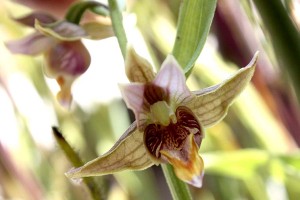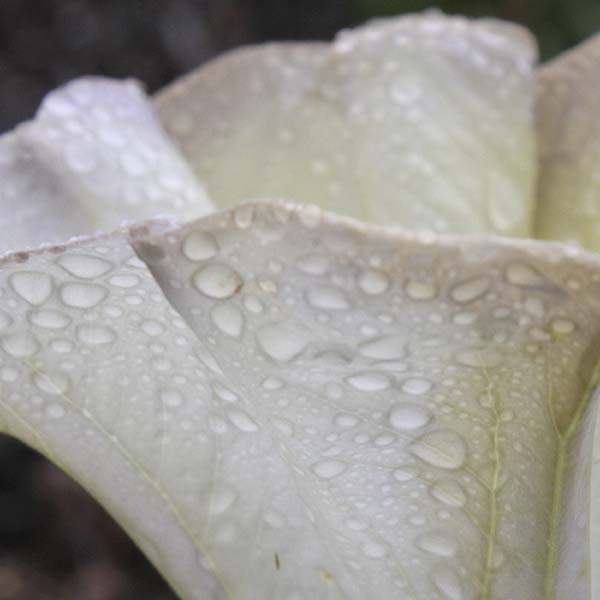Grow this plant and your garden will look exactly like this! (Yah, right… )
[ Right: Image of Echium wildpretii by Mataparda. This file is licensed under the Creative Commons Attribution-Share Alike 2.0 Generic license. ]
I’ve got to be realistic, I keep telling myself. The plant may be cool, but the whole effect probably won’t be much like how the plants grow in the wild or how they’re shown on some dramatically illustrated garden website.
It’s like buying clothes out of a catalog that are being modeled someone impeccably styled and impossibly toned. But because of the recession most of us have had to let our personal stylists go, and when you go to try on the clothes the look ends up being a sad disappointment.
For my last post, on my blooming echiums, I was having a hard time coming up with an attractive photo that showed the entire plant. The plants are growing in a tight corner of the garden that has a woodpile, a rusty shed and a big disorderly stack of stuff waiting to be dissembled and taken to the metal recycling facility at the landfill–not stuff I wanted to publish out there for all the world to see.
From one vantage point the studio walls act as a fairly neutral backdrop, but to take this photo my back was against the neighbor’s wall and I couldn’t get the distance I wanted.
The angles that showed off the plants better also showed off all the junk. Gag.
Okay, back to getting real. My garden will never look like the high volcanic slopes of Tenerife. It’ll never look like the eastern slope of the Sierra Nevada, or approximate the wide vistas of our desert two hours to the east of here. Some of my plants may come from those places, but cultivating them won’t hide the fact that I live in a suburb with neighbors all around.
I guess I look at the garden as a scrapbook or photo album. A plant might have associations with somewhere I’ve been or would like to visit. Maybe I grew up with another of the plants. Yet another may be intriguingly cool even though I have no idea where it comes from. In arranging the plants, in making the garden, I can come up with something where my memories can mix with the shapes, colors and textures of the plants and produce something I like and hopefully will look okay to others.
Blooming now in one of my little bog gardens is a stream orchid, Epipactis gigantea, a plant with a huge pile of associations for me. (You can sort of make it out to the left in this photo.) Those memories go something like this: I was taking some of the rough Jeep roads in Saline Valley, a generally unvisited expanse of white sand immediately northwest of Death Valley. I’d camped one night on the west side of the valley at the mouth of a little canyon leading up into the Inyo Mountains. All night long I kept hearing angered challenges from the wild burros that called this area their home. The next morning I headed towards the canyon, keeping a wary eye on the burros that were never far away. Soon I started to hear water. I guess I’d unknowingly plopped myself on top of a trail leading to a water source for the burros–That would explain the angry noises all night.
Soon the canyon folded in around me, and I went from the glaring white hotness of the exposed valley floor to a cool, sheltered outdoor room. Water drizzled down a granite face in front of me. Ferns grew everywhere. And scarlet columbines. And dozens of this plant, the stream orchid, in peak bloom. Imagine that. Orchids in the desert. It was one of those peak outdoor moments that I’ll remember forever.
Well, the little bog garden looks and feels nothing like that May morning in Saline Valley, but seeing this little orchid will remind me of that encounter every time I see it.



















